Light Bulb Ban Forces Remodeling of Easy Bake Oven
The federal government’s ban on the incandescent light bulb impacts even the most unexpected items, including the Easy Bake Oven, made by Hasbro, with which many young American girls play. The famous toy, first introduced in 1963, once relied on a heated bulb to bake miniature treats. However, the compact fluorescents, which are becoming the new standard for household use, are so energy efficient that they would be incapable of baking a brownie or any other baked good. Therefore, the makers of the Easy Bake Oven have had to reform the product so as to not necessitate a light bulb.The Blaze reports:
Initially, news of the death of the 100-watt bulb prompted rumors that the Easy-Bake might be going the same way. Instead, the toy got its 11th redesign, at the heart of which is a new heating element much like that of a traditional oven.
Hasbro touts some benefits of the forced redesign, such as the physical makeover of the product that the company believes gives the product a more realistic look.
“This gave us a reason to do it completely differently,” said Michelle Paolino, vice president of strategy and marketing at Hasbro. “We wanted it to look more like a real appliance, not a plastic toy.”
The product is geared to appeal to girls between the ages of 8 and 12. It allows players to mix a variety of items and baked them in the oven. The new model allows the oven to reach approximately 375 degrees, while the outside of the oven is just warm to the touch.
Predictably, however, the new model of the oven is now $49.99, a significant increase from the last model’s cost of $29.99, confirming once more that the move away from incandescent light bulbs will be a costly one.
The ban of the incandescent light bulb was signed into law by President George W. Bush as part of the 2007 energy act that was passed to require efficiency upgrades in incandescent light bulbs, which remained relatively unchanged since the invention of the light bulb in 1879.
Congressional Republicans have been staunch opponents to the standards, asserting that they are a symbol of an overreaching federal government. Texas Republican Representative Joe Barton said of the ban, “The unanticipated consequence of the ’07 act — Washington-mandated layoffs in the middle of a desperate recession — is one of many examples of what happens when politicians and activists think they know better than consumers and workers. From the health insurance you’re allowed to have, to the car you can drive, to the light bulbs you can buy, Washington is making too many decisions that are better left to people who work for their own paychecks and earn their own living.”
Proponents of the ban have pushed for the use of Compact Fluorescent Light Bulbs (CFLs) instead, seemingly ignoring the various problems associated with the CFLs. The New American’s of those problems: Daniel Sayani wrote
CFLs have powerful radiation-emitting electromagnetic fields which expose people to "dirty electricity," which can lead to a fivefold increase in cancer; furthermore, because they are composed of mercury vapor, broken CFLs can be deadly, as users are exposed to possible mercury poisoning. In addition, the bulbs have been linked to severe neurological damage, as they can result in migraine and epilepsy attacks.
Other alternatives to the incandescent light bulb, such as organic light-emitting diodes (OLEDs) and the Light Emitting Diodes (LEDs) have proven to either have problems with mass production (OLEDs) or are absurdly expensive (LEDs).
A number of Congressiona effors to repeal the incandescent light bulb ban have been launched, though there has been no real success thus far.
Source: The NewAmerican


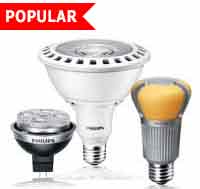
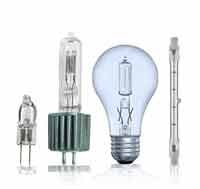
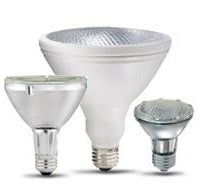

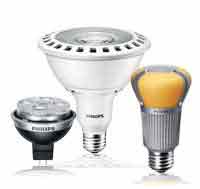
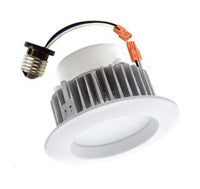

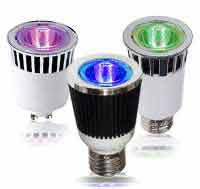

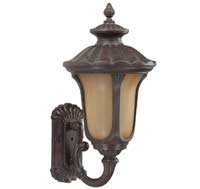
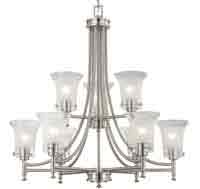
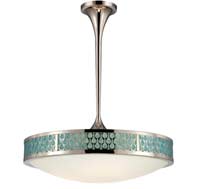
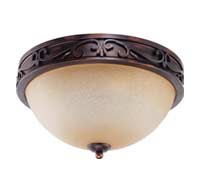

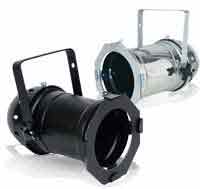
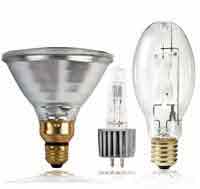
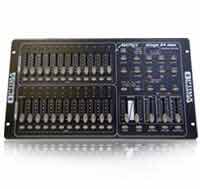






Comments